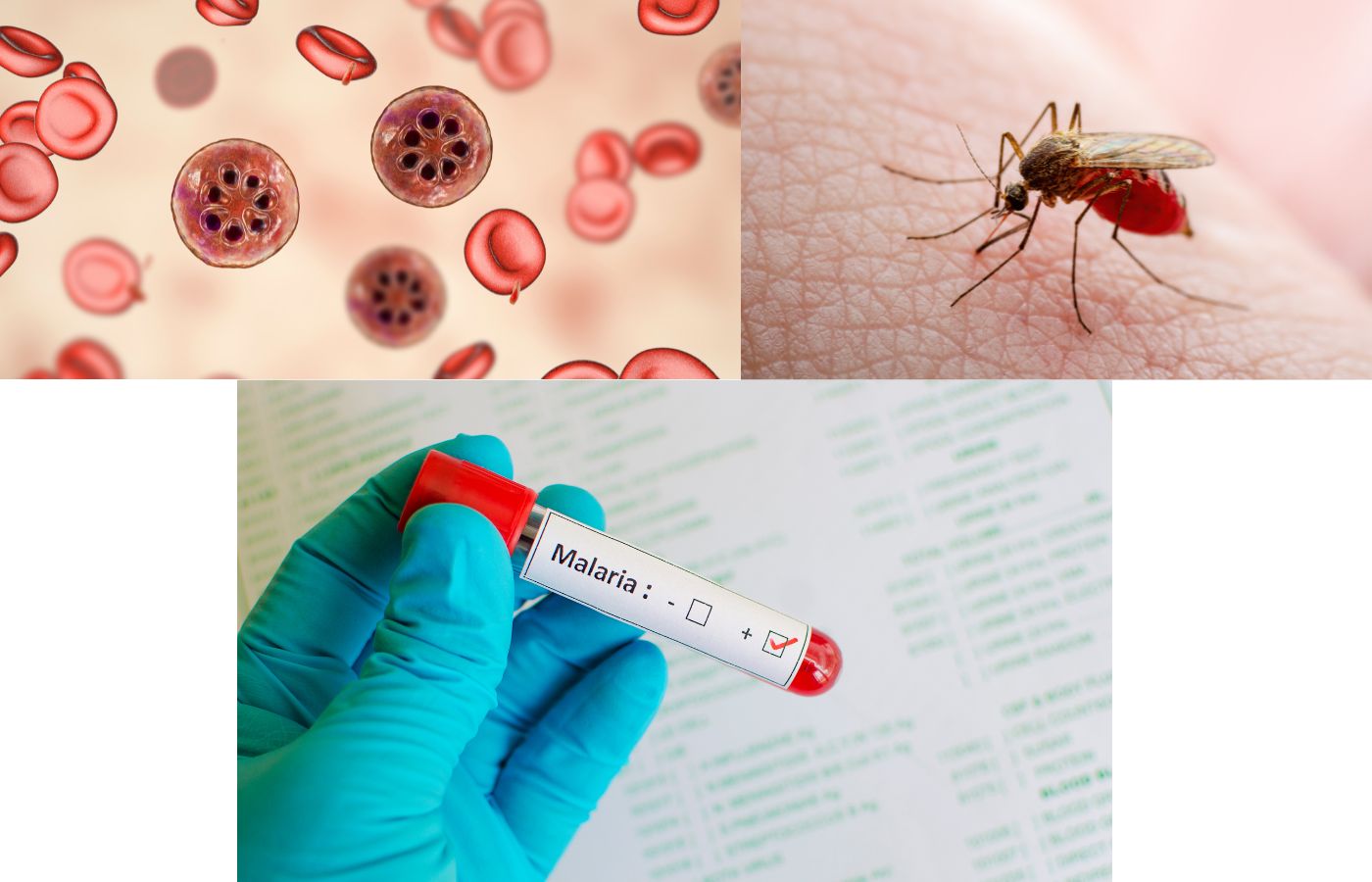
Malaria is a serious and potentially life-threatening disease caused by parasites of the Plasmodium species. It spreads to humans through the bite of an infected female Anopheles mosquito. Though preventable and treatable, malaria disease continues to pose a major public health threat in many parts of the world, especially in tropical and subtropical regions, including India.
Malaria is an infectious disease that affects the red blood cells. When a mosquito infected with Plasmodium parasites bites a person, it transmits the parasite into the bloodstream. The parasites then travel to the liver, where they mature and multiply. After a few days, they re-enter the bloodstream and infect red blood cells, leading to symptoms.
The symptoms of malaria disease usually appear 10 to 15 days after being bitten by an infected mosquito. However, in some cases, it may take longer.
Here are the most common symptoms of malaria disease:
In severe cases, malaria can lead to complications such as cerebral malaria (affecting the brain), organ failure, and death if not treated promptly.
Malaria is especially dangerous for children under five and pregnant women. In children, symptoms may also include irritability, drowsiness, and convulsions. Pregnant women are at a higher risk of complications like miscarriage, low birth weight, and premature delivery.
Early and accurate diagnosis of malaria is essential to ensure proper treatment and prevent complications. If you experience symptoms of malaria disease, especially after traveling to a malaria-prone area, you should get a malaria test immediately.
A malaria blood test is the most reliable way to confirm the presence of malaria parasites. This test involves collecting a blood sample to check for parasites under a microscope or using other advanced diagnostic techniques.
Types of diagnostic malaria tests include:
You should undergo a malaria blood test if:
Prompt testing and treatment are key to managing the malaria disease effectively.
Once malaria is diagnosed, treatment should begin immediately. The choice of medication depends on the type of parasite and the severity of the disease. Most cases can be treated with oral antimalarial drugs, but severe cases may require intravenous medications and hospitalization.
Commonly used antimalarial medications include:
Recovery depends on early diagnosis and proper treatment. Most people recover fully with timely care.
While treatment is essential, preventing mosquito bites is the best way to avoid malaria. Here are some prevention tips:
Eliminate stagnant water near your home to prevent mosquito breeding
Take preventive medication if traveling to malaria-endemic regions
Reliable diagnostic malaria tests are available at certified pathology labs and diagnostic centers. Searching for a trusted "malaria test near me" or visiting a well-equipped lab can help ensure early detection and proper care.
Modern pathology labs offer fast turnaround times for malaria blood tests, often providing same-day results, which are critical for beginning treatment promptly.
Malaria is a serious but treatable disease. Understanding the symptoms of malaria disease and seeking timely diagnosis through a malaria test can save lives. If you or a loved one has symptoms such as high fever, chills, or fatigue, consult a doctor and get a blood test done at a reliable diagnostic center.
Taking preventive measures and being aware of the risks can significantly reduce the spread of malaria disease. Early diagnosis, proper treatment, and mosquito control remain the most effective tools in the global fight against malaria.
Stay informed, stay safe!